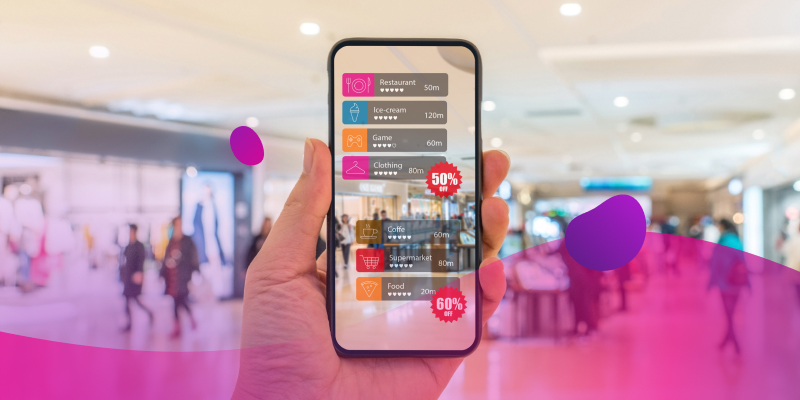![]() Regardless of your political affiliation, it’s safe to say we can all agree on one thing: This election has made its mark on the digital advertising ecosystem. The 2008 election marked the first major political foray into new media, but in this election cycle, digital advertising is a core component of both campaigns.
Regardless of your political affiliation, it’s safe to say we can all agree on one thing: This election has made its mark on the digital advertising ecosystem. The 2008 election marked the first major political foray into new media, but in this election cycle, digital advertising is a core component of both campaigns.
Hillary Clinton’s campaign has dominated broadcast advertising, such as TV and radio. In fact, the ad spend gap between the campaigns is unprecedented. A recent AdAge article highlights, “[f]rom July 14 through Nov. 7 (including advance buys), Mr. Trump and his PAC supporters have booked a mere $654,455 in TV and radio advertising — vs. $111 million by Hillary Clinton and pro-Clinton PACs.”
Meanwhile, Donald Trump’s campaign has focused almost exclusively on digital. The Wall Street Journal reports that the Trump campaign “spent $1.6 million on digital consulting and online advertising in June, according to its Federal Elections Commission filing.” That’s in contrast to the $353,000 the Clinton campaign spent on online advertising during that same span. (However, this figure doesn’t include the whopping $35 million the super PAC supporting Clinton set aside to spend online.)
Both campaigns will ramp up as November approaches, and it’s expected that $1.2 billion will be used exclusively for digital. Breaking the billion-dollar mark in digital ad spend is a first for any election cycle, and some of the leading media platforms are capitalizing on this windfall.
Who Are the Big Winners?
Pandora, Google, and Facebook are expected to see over half of the projected $1 billion+ that candidates and super PACs will spend online this election, per Ad Exchanger. Pandora has solidified its prominent position with campaign managers all the way back in 2012, finding success through targeting based on its proprietary data, and the use of audio ads, which tend to be popular among political spenders.
Still, Facebook and Google are set to receive the majority of money that will be used for online and digital advertising. According to an in-depth webinar and presentation from eMarketer on the role of digital advertising, data, and targeting in this year’s election, Facebook’s precise use of data and Google’s display ads and search component are key differentiators in the space.
“Facebook’s rich targeting capabilities are a boon to political advertisers,” eMarketer reports. “Campaigns can target by age, gender, Congressional district, and interests. Upload email lists from website and mobile app efforts match likely voters and target them with Facebook ads.”
It's not surprising that Facebook and Google stand apart, but what about others looking to capitalize on this political trend and what might it mean for marketers?
What Does This Mean for Brands?
More ad spend on the election is leading to increased competition for ad space on digital platforms, particularly social media sites. Facebook is already leading the charge, but there are huge opportunities ahead for other recognizable platforms such as Instagram, YouTube, Twitter, and Snapchat, too.
A national study by Tremor Video and Cygnal indicates a growing emphasis on digital video advertising from each campaign and its super PACs: “The main draws for digital video include cross-screen capabilities and interactivity, two facets of modern marketing strategies that are increasingly important and effective.” As evidence, the Republican National Committee reserved $150 million worth of video ad inventory for the general election.
In the wake of increased competition for primetime digital video shots, brands should be thinking about the effects on their own strategies for digital video. Come fall, when the Super PAC spending is at its peak, brands will often find in-demand video slots booked by campaigns. For brands that might not want to appear partisan, you may want to consider when your ads are likely to appear next to political ads.




